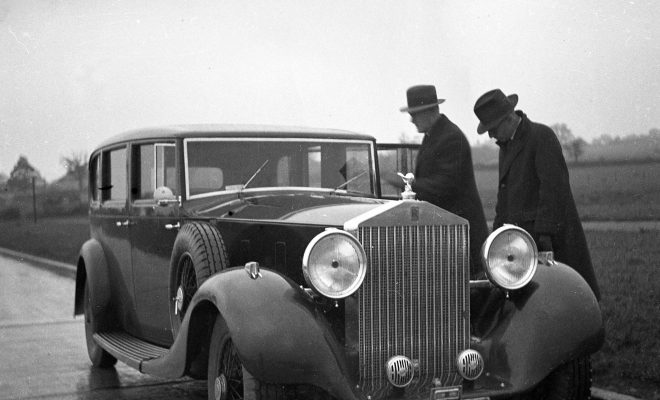
NOW TRENDING
The Rolls-Royce Phantom III: A Revolutionary Legacy in Luxury Motoring
In the world of luxury automobiles, few names command as much respect as Rolls-Royce. Among its storied lineup, the Rolls-Royce Phantom III stands out as a beacon of innovation and engineering excellence. Introduced in 1936, this magnificent vehicle was the first to feature a V12 engine, establishing a benchmark that continues to influence the brand’s modern offerings. As we celebrate the 120th anniversary of the historic meeting between Henry Royce and Charles Stewart Rolls, the Phantom III emerges as a symbol of both legacy and foresight.
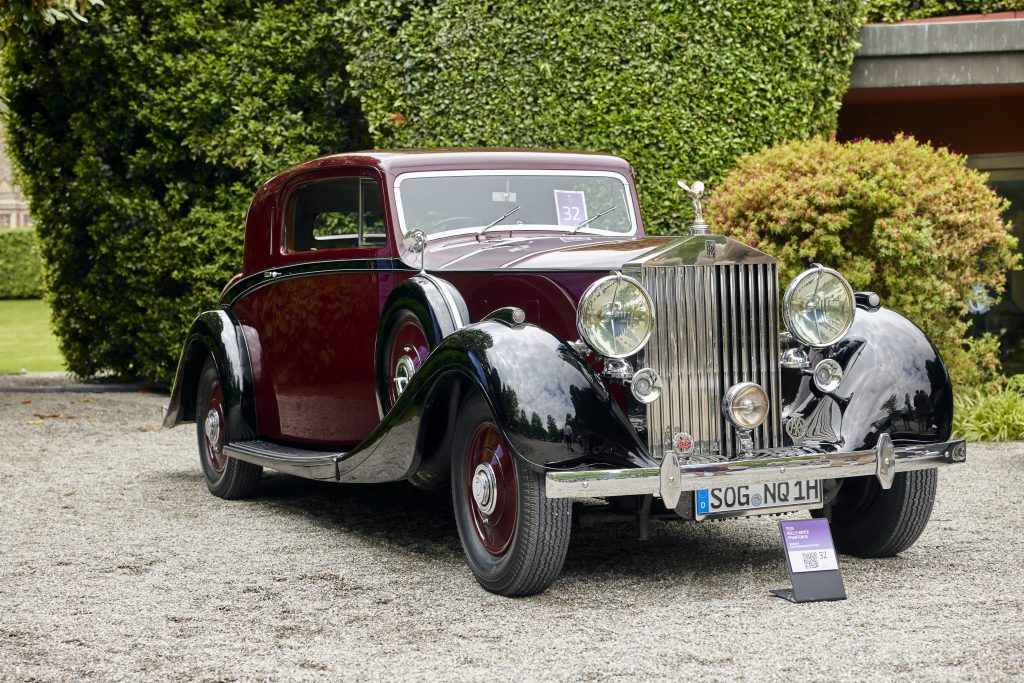
A New Era of Power
The Phantom III was a groundbreaking creation, marking the first time a Rolls-Royce was equipped with a V12 engine. This was a significant departure from the traditional in-line six-cylinder engines that had powered previous models. Sir Henry Royce, the engineering genius behind the brand, recognized that to stay ahead of competitors, a more powerful and efficient engine was necessary. Drawing on his extensive experience in designing V12 aero engines, Royce crafted a 7.3-liter powerhouse that delivered between 165 and 180 horsepower—a substantial leap from its predecessors.
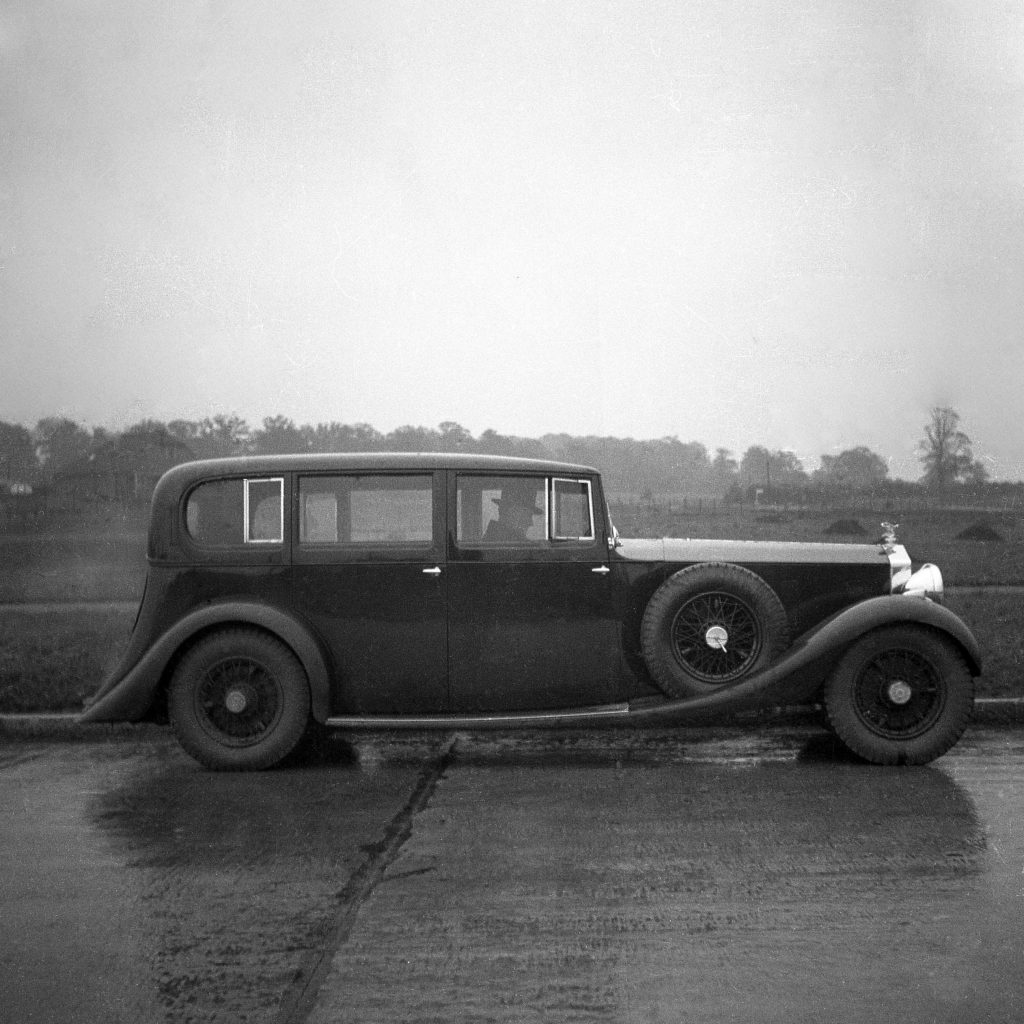
Sir Henry Royce’s Final Vision
The Phantom III is particularly poignant as it represents Sir Henry Royce’s last major design before his death in 1933. Although Royce did not live to see the Phantom III come to fruition, his visionary ideas laid the foundation for its groundbreaking design. The V12 engine was not only shorter than previous models but also allowed for a more spacious passenger compartment and a sleeker exterior. This combination of power and elegance would define Rolls-Royce’s approach to luxury cars for decades to come.
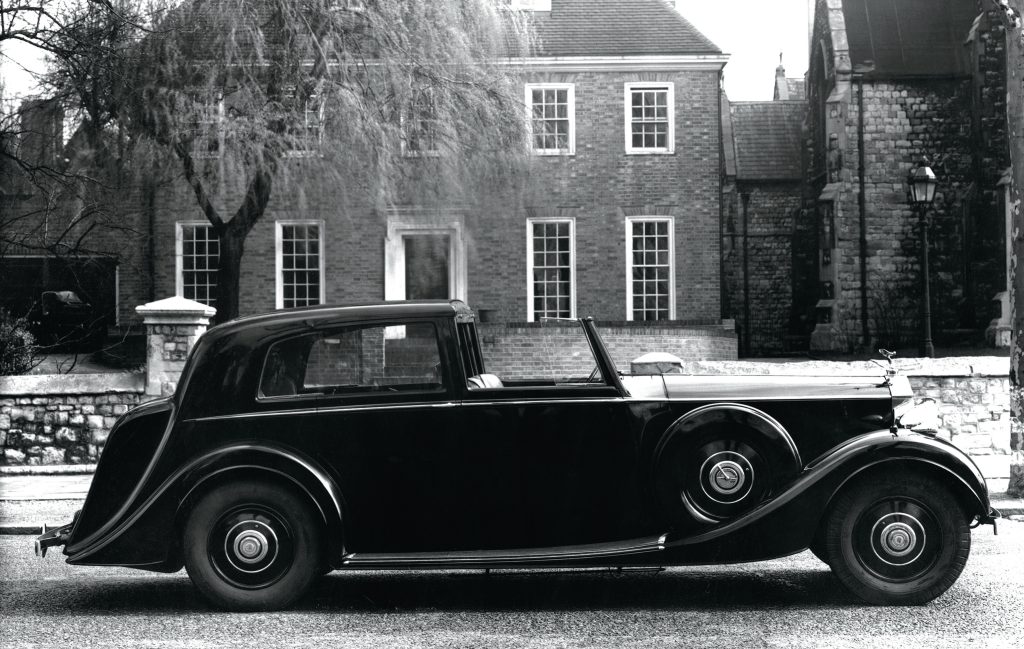
Innovations That Defined an Era
Beyond its engine, the Phantom III introduced several technical advancements that set new standards in automotive engineering. It was the first Rolls-Royce to feature independent front suspension, which greatly enhanced ride comfort and handling. The engineering team also implemented numerous innovations to minimize noise and vibrations, ensuring that the Phantom III offered one of the quietest and most comfortable rides of its time. These developments cemented Rolls-Royce’s reputation for unparalleled luxury and performance.
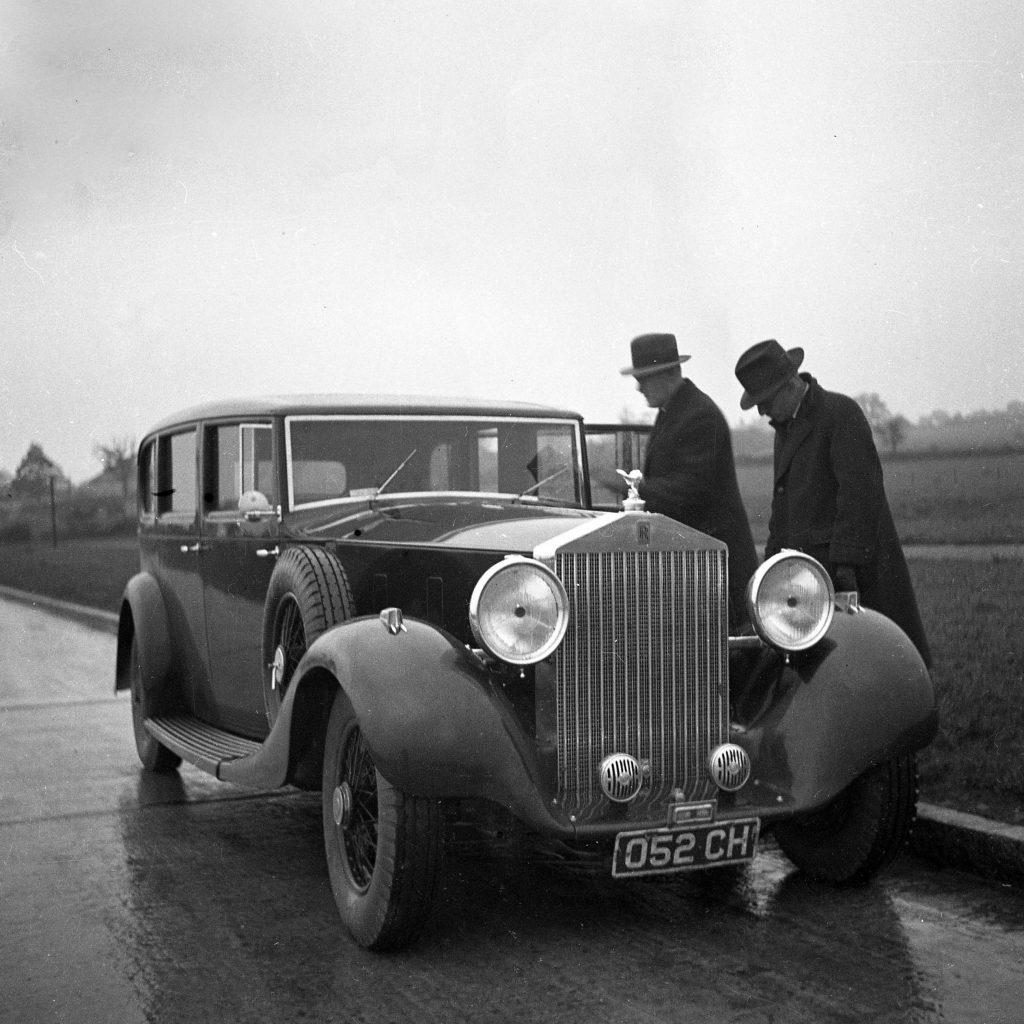
The Spectre Legacy
The name “Spectre” carries significant weight in the Rolls-Royce legacy, inspired by ten experimental Phantom III vehicles produced between 1934 and 1937. These prototypes were crucial in testing the limits of the V12 engine and laid the groundwork for the brand’s future innovations. Today, the Spectre name has been revived for Rolls-Royce’s first all-electric model, underscoring the lasting impact of the Phantom III’s pioneering spirit.

A Short but Impactful Production Run
The production of the Phantom III was brief but impactful, with 710 units built before the outbreak of World War II halted car production in 1939. Despite its short-lived production, the Phantom III left a lasting legacy. Its advanced engineering and performance capabilities influenced all subsequent Rolls-Royce models, including the V12-powered vehicles manufactured today at Goodwood.
Conclusion: A Timeless Testament to Innovation
As we reflect on the 120th anniversary of the first meeting between Henry Royce and Charles Stewart Rolls, the Phantom III remains a testament to the brand’s commitment to excellence and innovation. This iconic model not only redefined luxury motoring in its time but also set the stage for the future of Rolls-Royce. Its blend of visionary design, engineering prowess, and timeless elegance continues to inspire the brand’s pursuit of perfection in the world of luxury automobiles.




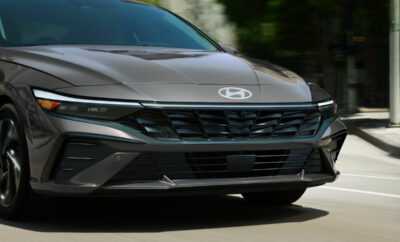

You must be logged in to post a comment Login